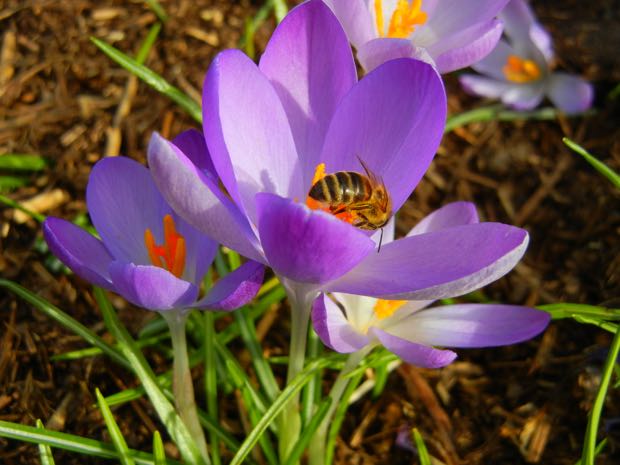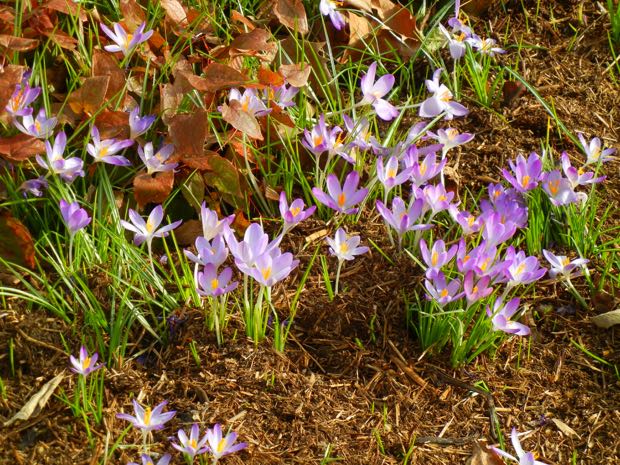Crocus tommasinianus: Early Crocus
Background: Crocus tommasinianus, commonly known as Early Crocus, belongs to the Iridaceae family of plants. It is native to Southeast Europe. This deciduous perennial grows from corms and is known for its early blooming habit. Crocus tommasinianus produces beautiful tubular flowers with long pointy leaves, adding vibrant colors to gardens in early spring.
Flowers and Foliage: Crocus tommasinianus bears small, star-shaped flowers in shades of purple, blue, and white. These charming flowers are typically 1-2 inches in diameter and feature a white throat. Blooming in early spring, they often appear before the emergence of leaves. The leaves are narrow and grass-like, emerging after the flowers have finished blooming.
Cultivation of Crocus tommasinianus:
Sunlight and Soil: Crocus tommasinianus thrives in full sun or partial shade. It prefers well-drained soil, ranging from poor to fertile. Ensure the soil has good drainage to prevent waterlogging and rot.
Planting: Plant Crocus tommasinianus bulbs in the fall, about 2-3 inches deep and 2-3 inches apart from each other. The bulbs can be positioned in groups or scattered throughout the garden to create a naturalized effect.
Watering: Water the bulbs regularly, particularly during the first year after planting to help them establish. Once the plant is well-established, it will require less frequent watering. Ensure the soil is moist but not waterlogged.
Fertilization: Apply a balanced fertilizer once a year in the spring to provide essential nutrients for healthy growth and flowering. Follow the package instructions for proper application.
Pests and Diseases: Crocus tommasinianus is generally a pest- and disease-free plant. However, it can be susceptible to pests like aphids and slugs. If you notice any infestations, promptly treat them with appropriate insecticides or slug bait to protect the plants.
Propagation: Crocus tommasinianus can be propagated by seed or by cormlets during the off-season. Harvest the seeds or cormlets and plant them in suitable soil conditions for successful growth.
Winter Protection:
Crocus tommasinianus is hardy in USDA zones 4-8. In colder climates, it is advisable to cover the bulbs with a layer of mulch or evergreen boughs during winter. This protective layer helps insulate the bulbs from extreme cold temperatures and provides additional protection.
While squirrels may be attracted to the corms of Crocus tommasinianus, taking preventive measures such as using wire mesh or planting them in areas inaccessible to squirrels can help safeguard the bulbs.
Enjoy the early burst of color that Crocus tommasinianus brings to your garden. Its low-maintenance nature and stunning flowers make it a delightful addition to any landscape, heralding the arrival of spring.







